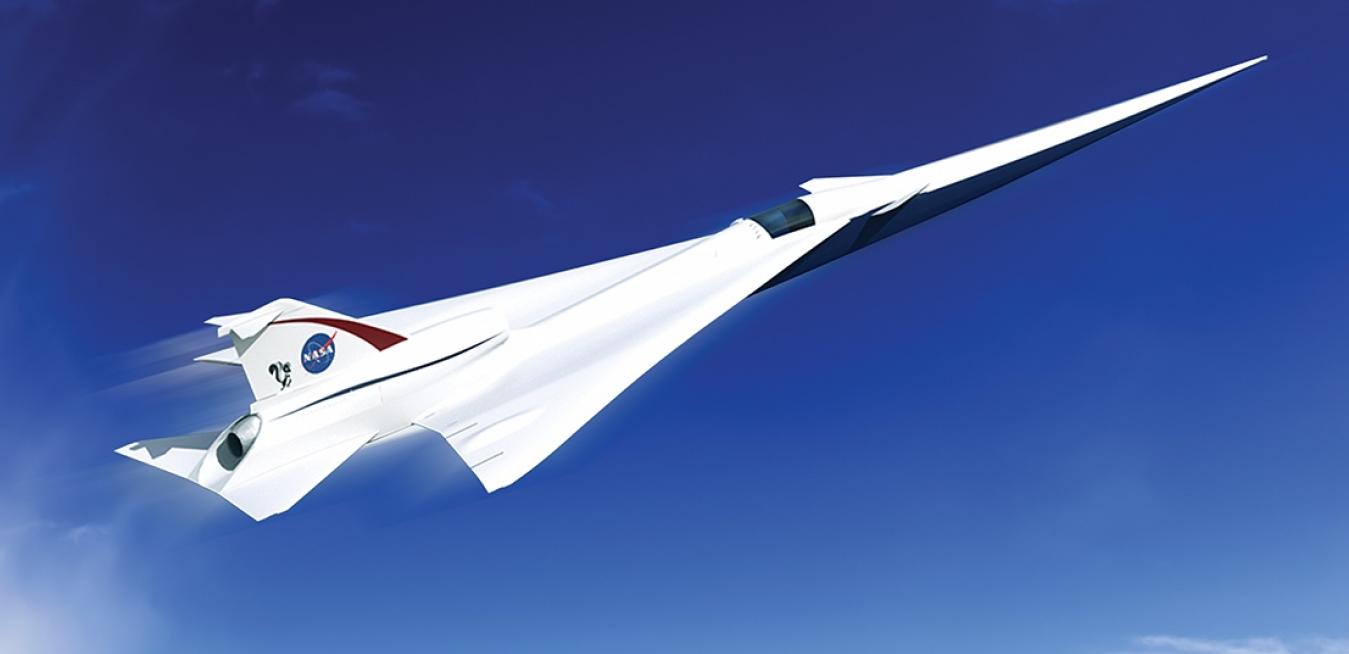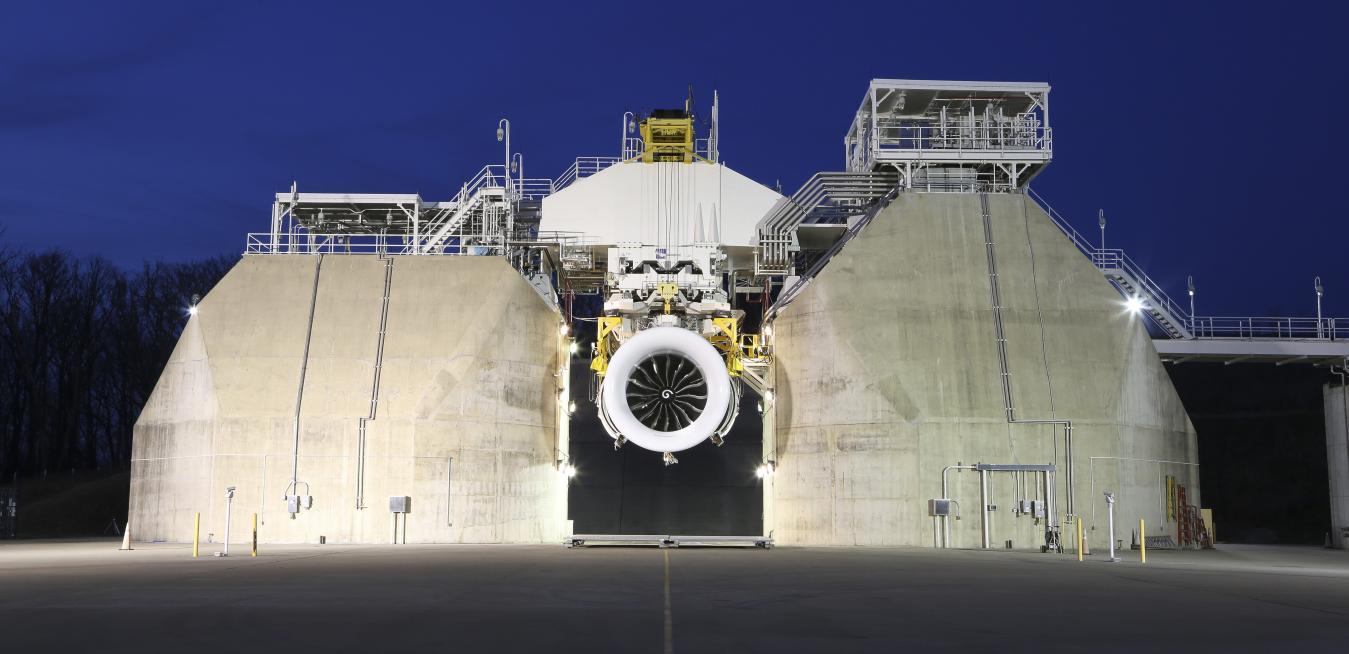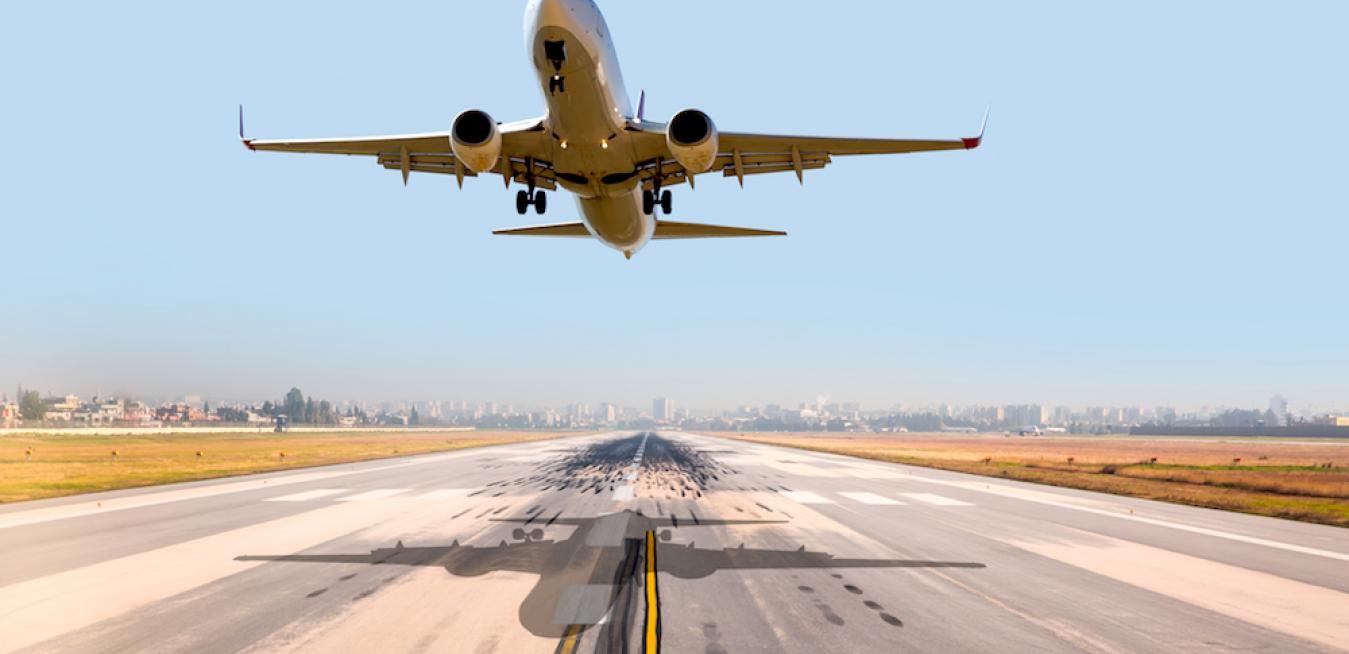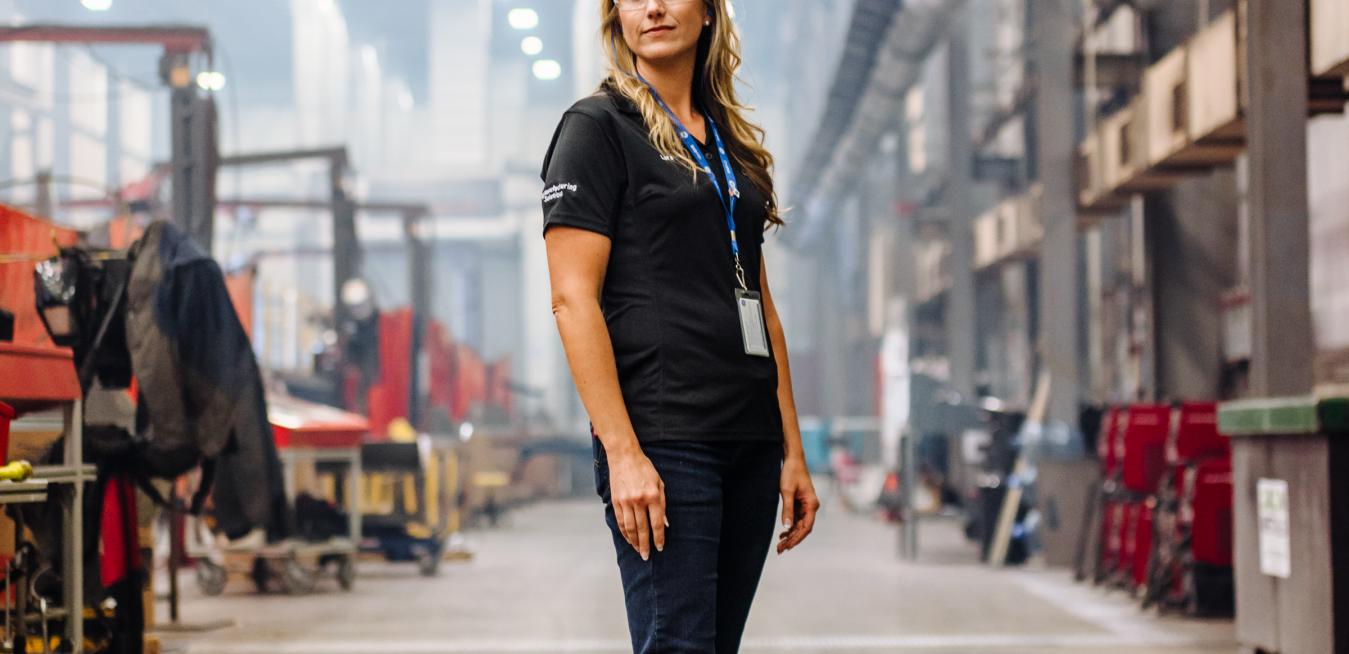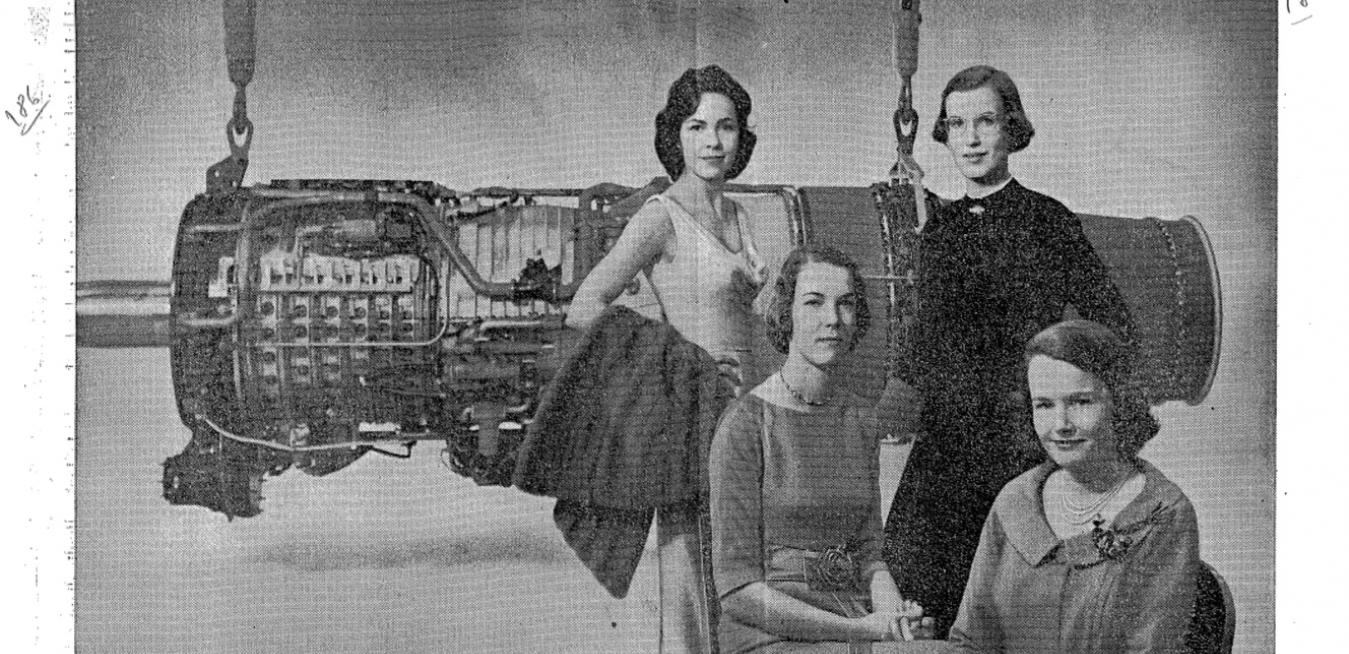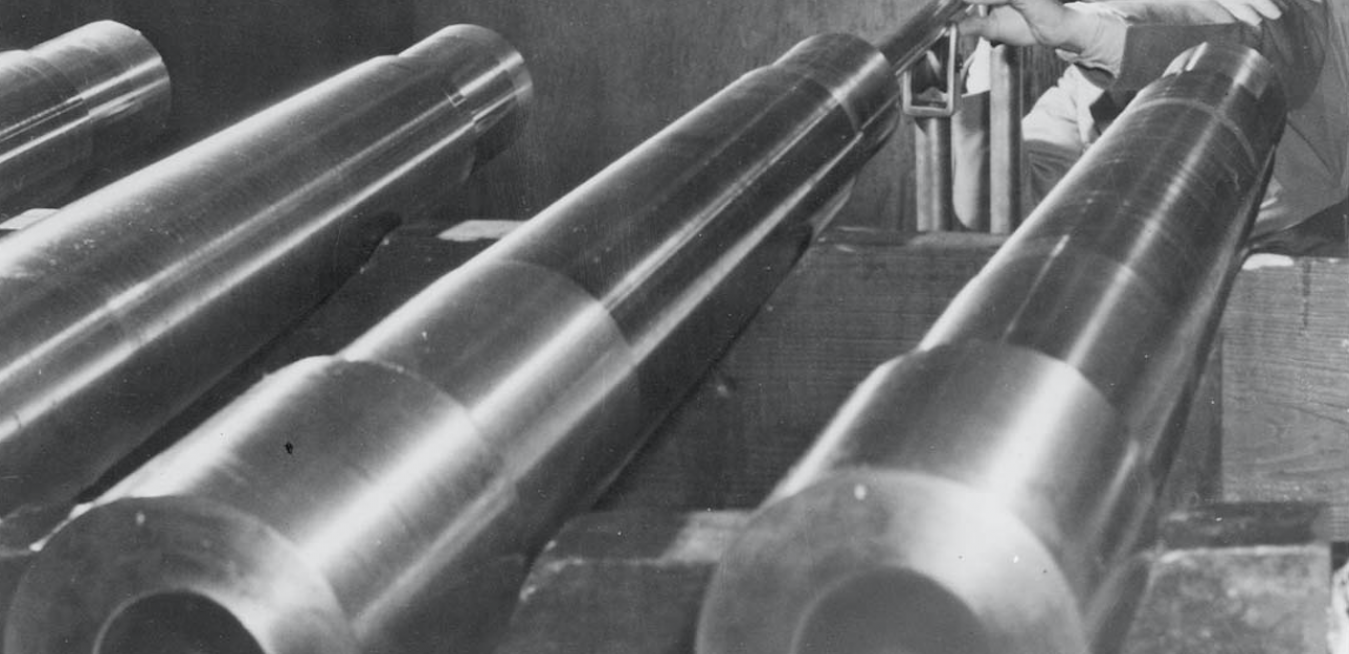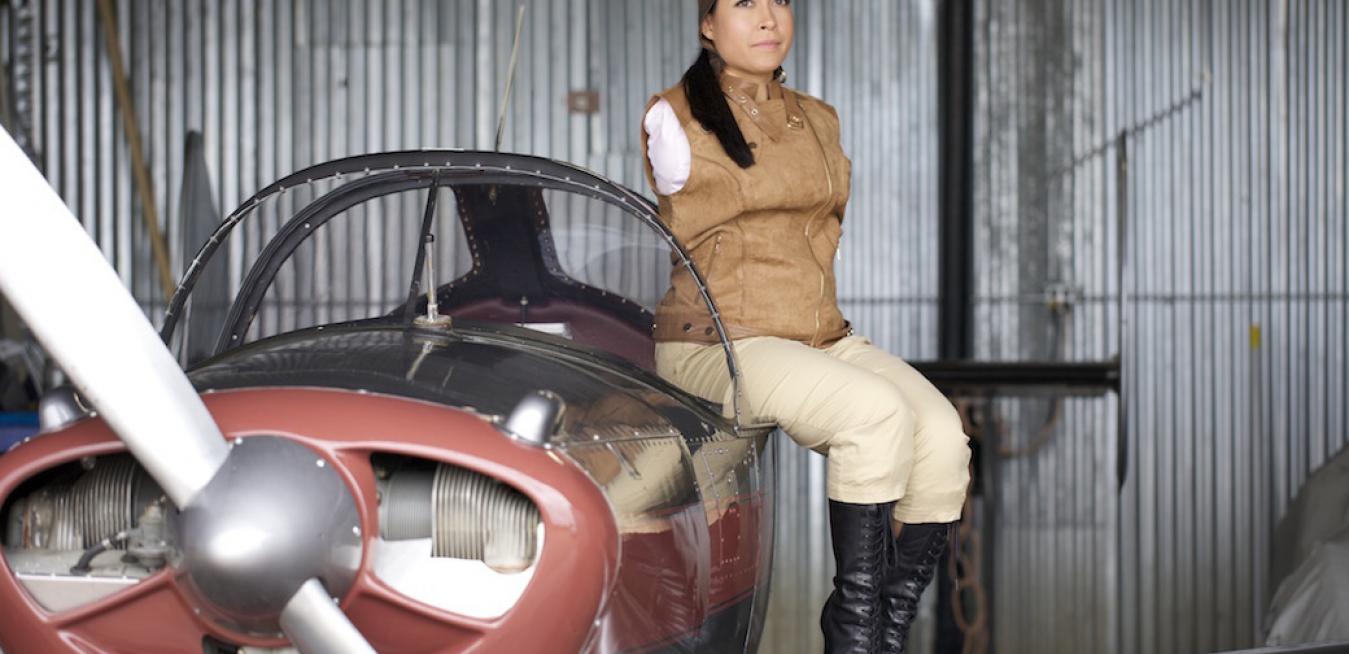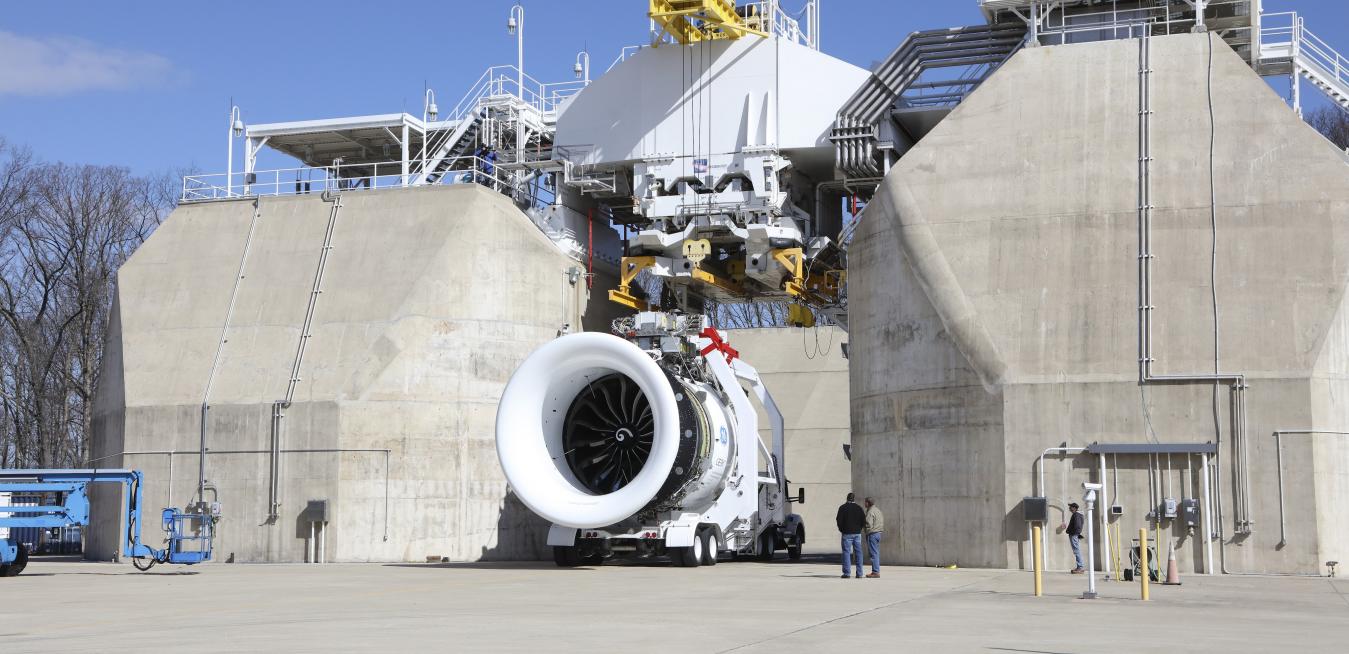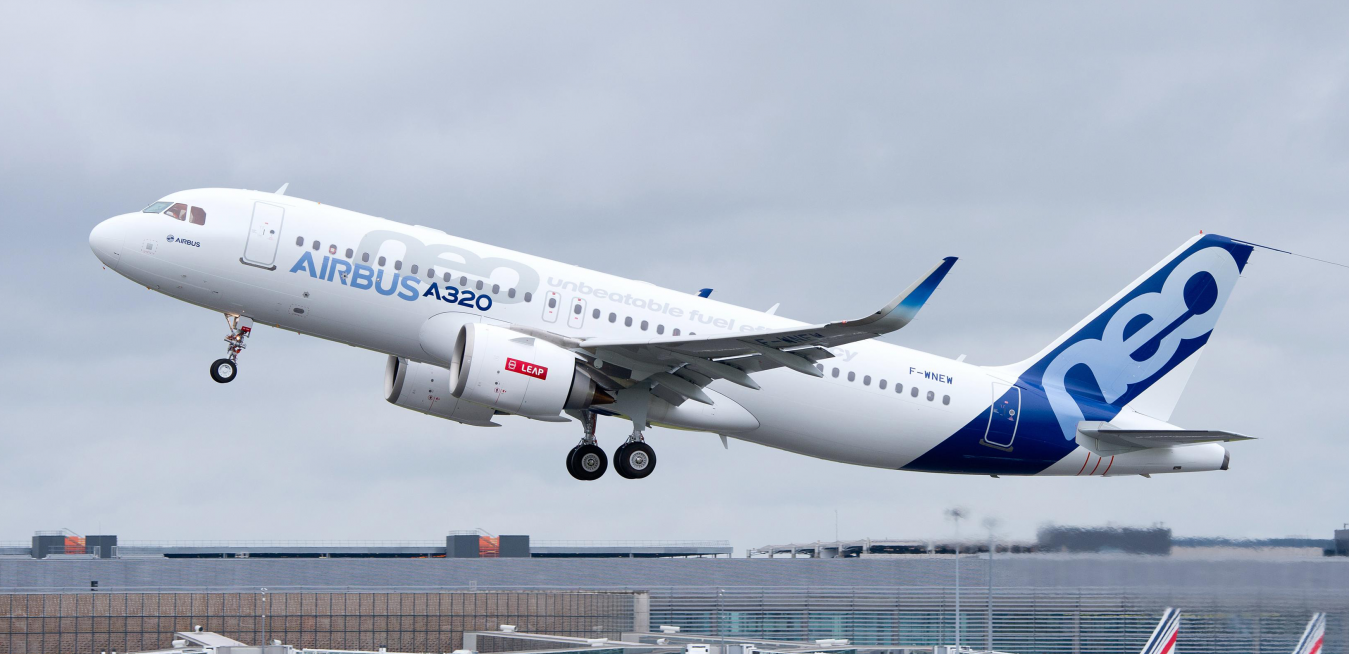The plane could accelerate above the speed of sound only over the ocean. The prospect of noisy sonic booms caused by the plane crossing the sound barrier forced pilots to hold back the throttle above towns and cities after takeoff and before touchdown. “This speed limit actually made the plane much less efficient,” says Karl Wisniewski, director of advanced programs at GE Aviation. “It was designed to fly fast.”
The aviation industry is undertaking a broad set of actions to curtail carbon emissions, says the head of the Aerospace Industries Association. Technology and operations advances, certification standards, biofuels and market-based measures will work in concert to achieve carbon-neutral growth starting in 2020.
Engineer Mark Leary has been helping GE Aviation build jet engines for three decades. The work is in his blood — literally. More that 60 years ago, Mark’s mother, Patricia, helped the company design the supersonic engine that allowed Lockheed to build the F-104 Starfighter jet, known as “the missile with a man in it” and capable of sustained flight at twice the speed of sound, or Mach 2.
I was born without arms. And with all that I have been able to do without them, I can honestly say that today, if given the choice, I would not want the arms.
I was born without arms and despite that challenge, managed to live a full life — I am able to dress myself, eat by myself, drive a car on my own, engage in sports and martial arts, run my own business, and enjoy a wonderful marriage to my husband, Patrick. I am able to do the necessary activities of daily life and even typing out this blog with just my feet.
It’s a giant.






